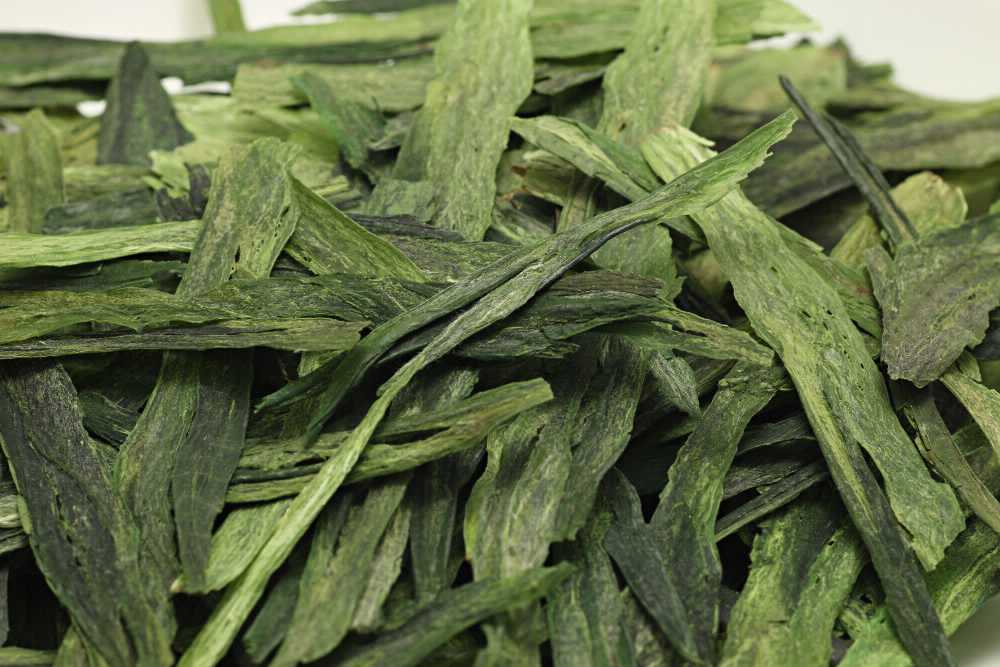GREEN TEA
Green tea, most popularly known as the ‘anti-aging beverage’ is packed with nutrients. Cultures such as Japan, where aging is relatively slow and less-impairing have green tea as an essential part of their diet.
So what exactly is green tea?
Green, black and oolong teas come from the same plant, Camellia sinensis. The difference is that green tea has leaves that have not been fermented, so they contain the highest level of antioxidants. Some of the antioxidants and healing compounds found in green tea include polyphenols, catechins and various other types of flavonoids.
Even though it contains small amounts of caffeine, green tea consumption has been associated with more health benefits than even many ‘superfoods’.
BENEFITS OF GREEN TEA
Long term studies on various populations suggest that green tea is beneficial for overall health, however, it shows incredible amount of benefits for the following conditions:
- Heart health by reducing atherosclerosis and risk of heart diseases
- Lowers blood pressure
- Reduces cholesterol levels
- Reduces inflammation in cases of arthritis
- Increases bone density
- Improves memory
- Helps prevent cancer
- May help prevent memory loss and Alzheimer’s
- Helps protect brain cells from free radical damage
- May help prevent diabetes and insulin resistance
- Promotes bone health
- Protects vision and prevents eye diseases
- Aids in weight loss
GREEN TEA AND BRAIN HEALTH
In 2004, scientists at the University of Newcastle studied the effects of black and green tea on Alzheimer’s patients. Both teas prevented the breakdown of acetylcholine, the neurotransmitter strongly linked with memory. The teas also inhibited enzymes known as BuChE and beta-secretase. These enzymes are found in protein deposits found in the brain of Alzheimer’s patients.
Japanese researchers published a study on green tea and its effect on the beta-amyloid protein plaques found in Alzheimer’s disease in the April 2008 issue of the Journal of Nutritional Biochemistry. The researchers found that green tea catechins reduced the level of damaging free radicals in the brains of rats.
Scientists have also discovered that the antioxidants and flavonoids may protect the brain from oxidative stress.
In 2007, Salk Institute researchers found that the flavonoid epicatechin, found in blueberries, cocoa, grapes and tea, improved memory ability in mice. The researchers found that epicatechin seemed to promote blood vessel growth in the brain.
In 2009, King’s College researchers found that epicatechin may protect brain cells through mechanisms unrelated to its antioxidant ability, as epicatechin is one of the few flavonoids that can cross the blood-brain barrier.
There are so many varieties out there. How do I choose?
There are a wide variety of green teas available around the world. Each place has its own unique variety with a unique taste, texture, aroma, and benefits.
Here are some of the most common types of green teas available:
- Fukamushi Sencha
- Gyokuro
- Kabusecha
- Matcha
- Tencha
- Genmaicha
- Hojicha
Why some green teas are a lot more expensive than others depends on a number of factors including but not limited to: the quality of the soil, availability of clean water, elevation of the agricultural land, time of the year it is harvested, the length of leaves, how long ago it wa harvested, and how it is stored.
HOW TO BREW A PERFECT CUP OF GREEN TEA
Most experts recommend drinking 3 to 4 cups a day for availing maximum benefits of green tea.
Ingredients
- 1-2 teaspoons of green tea leaves
- 1 cup of water
Method
- Boil the water until it reaches a temperature of 71-82 degrees C / 160-180 degrees F
- Let it sit for a minute or so before adding the tea leaves.
- Let the mix steep for approximately five to eight minutes; or longer if you prefer strong flavor.
- Strain and transfer the tea to a cup
- Add honey or lemon to taste.
- Enjoy!
Matcha Tea Brewing Method
It is best to read the instructions on the box, but generally, Matcha tea is brewed this way:
- Fill kettle with water and heat to just short of boiling.
- Warm the serving bowl by pouring hot water in, and then throwing it out.
- Add 1 teaspoon of matcha tea powder to bowl or cup and 2 ounces of nearly boiled water.
- Whisk for a minute or two until it looks thick and frothy with tiny bubble, then add 3–4 ounces of boiled water before drinking.

